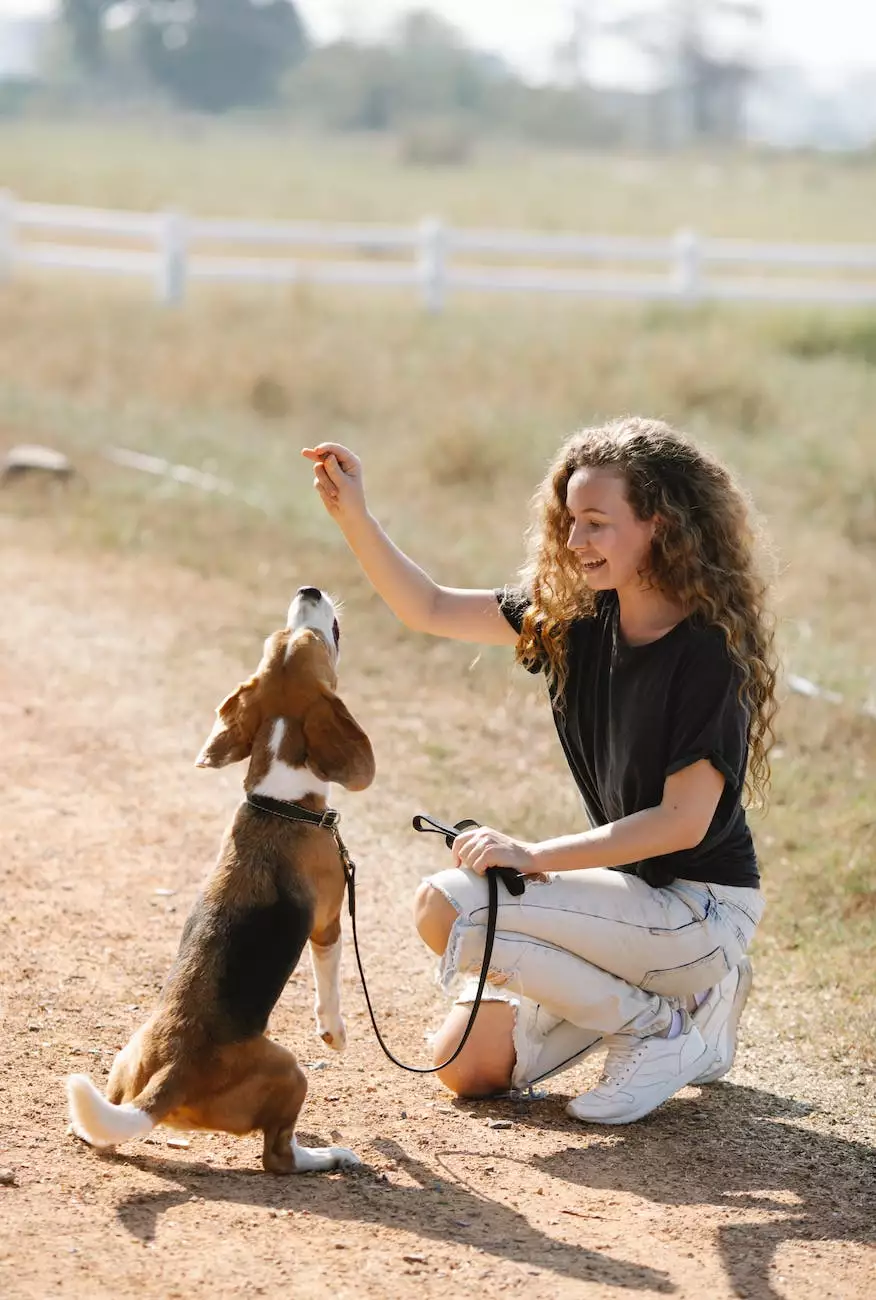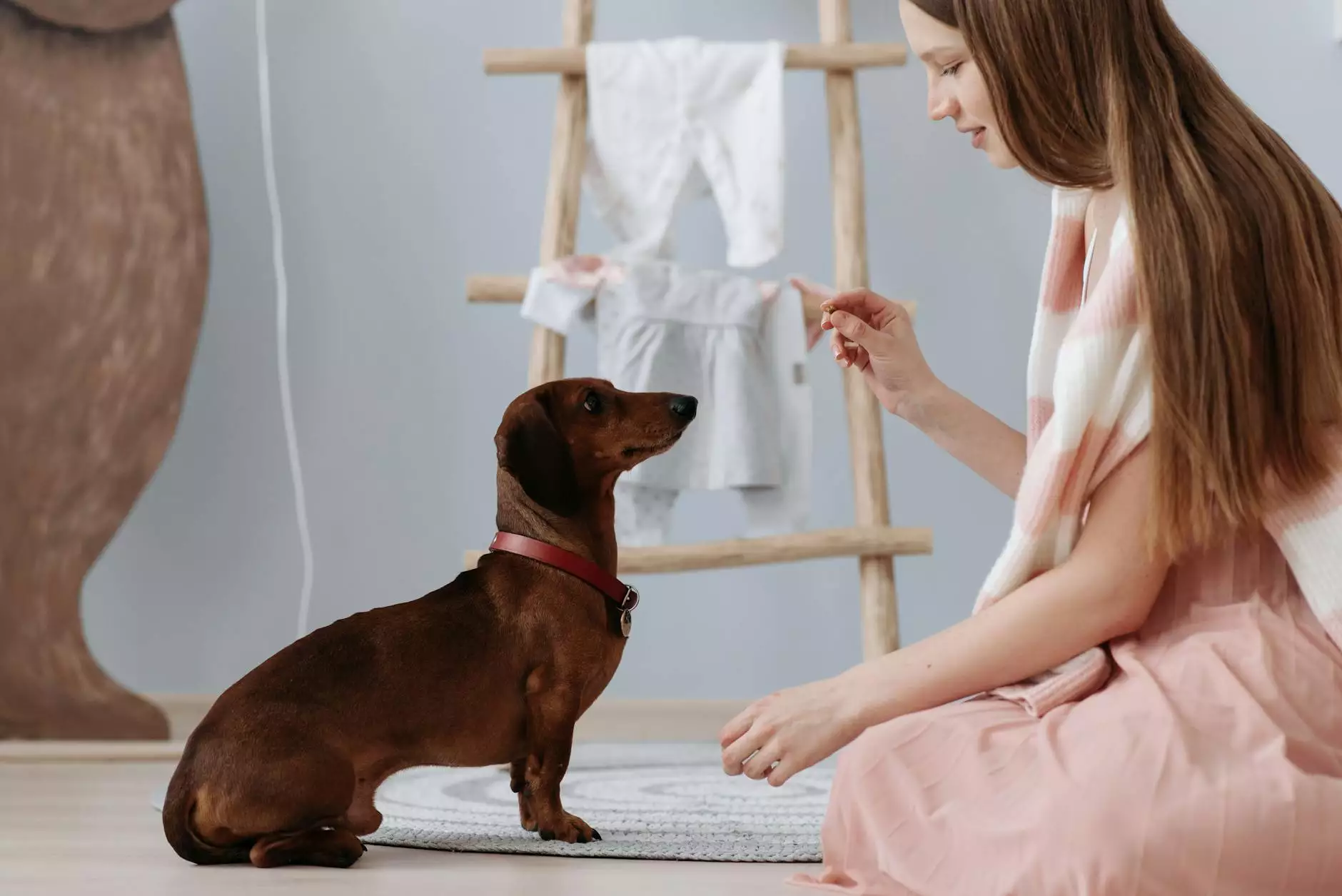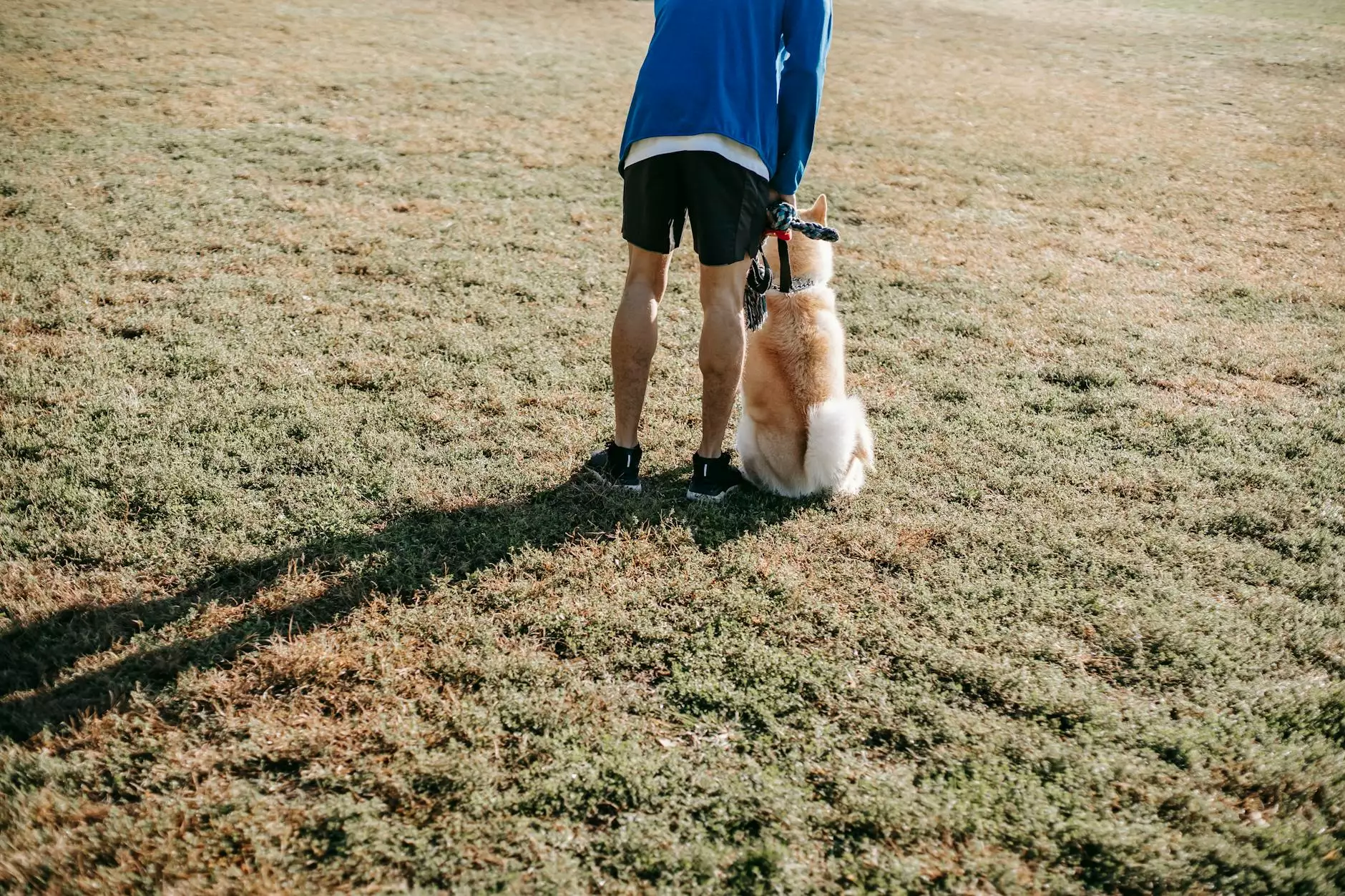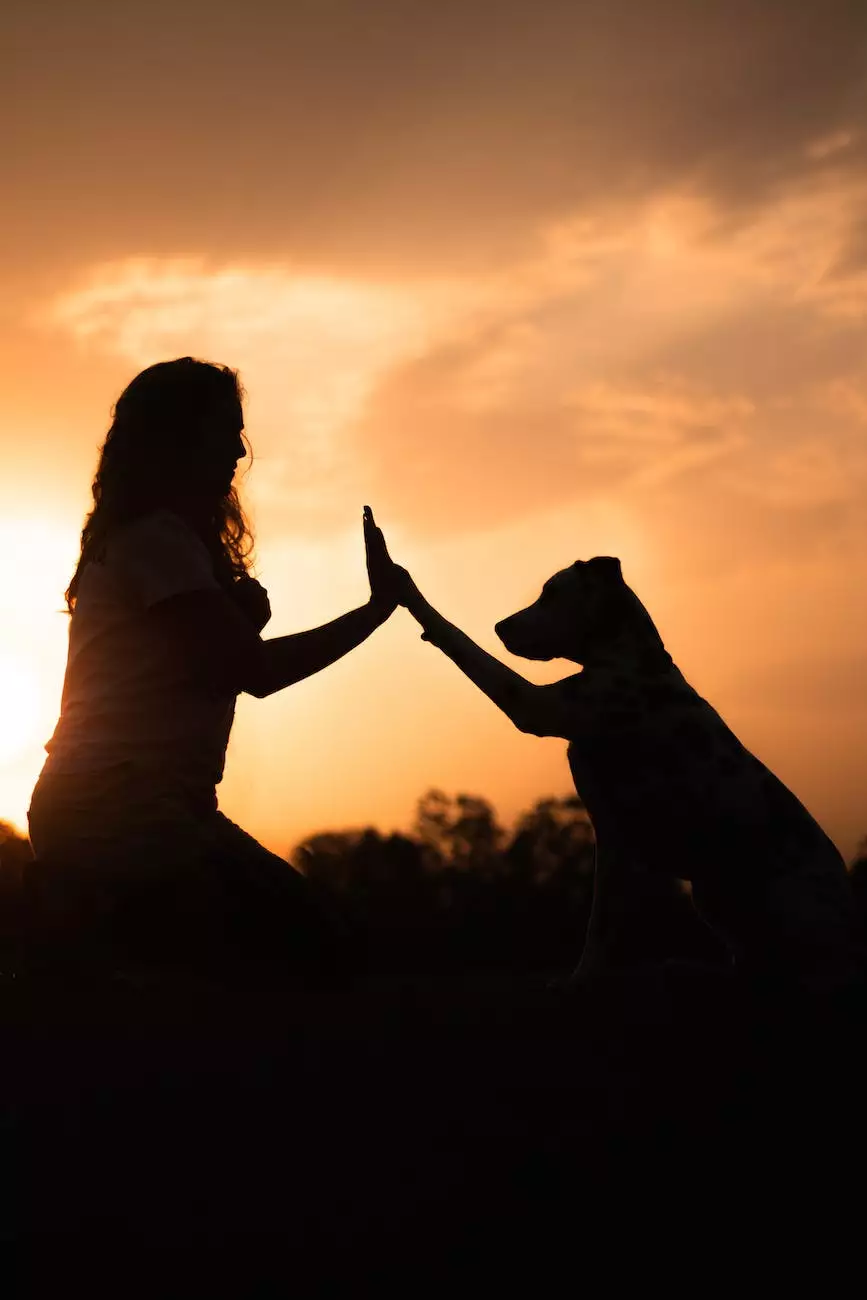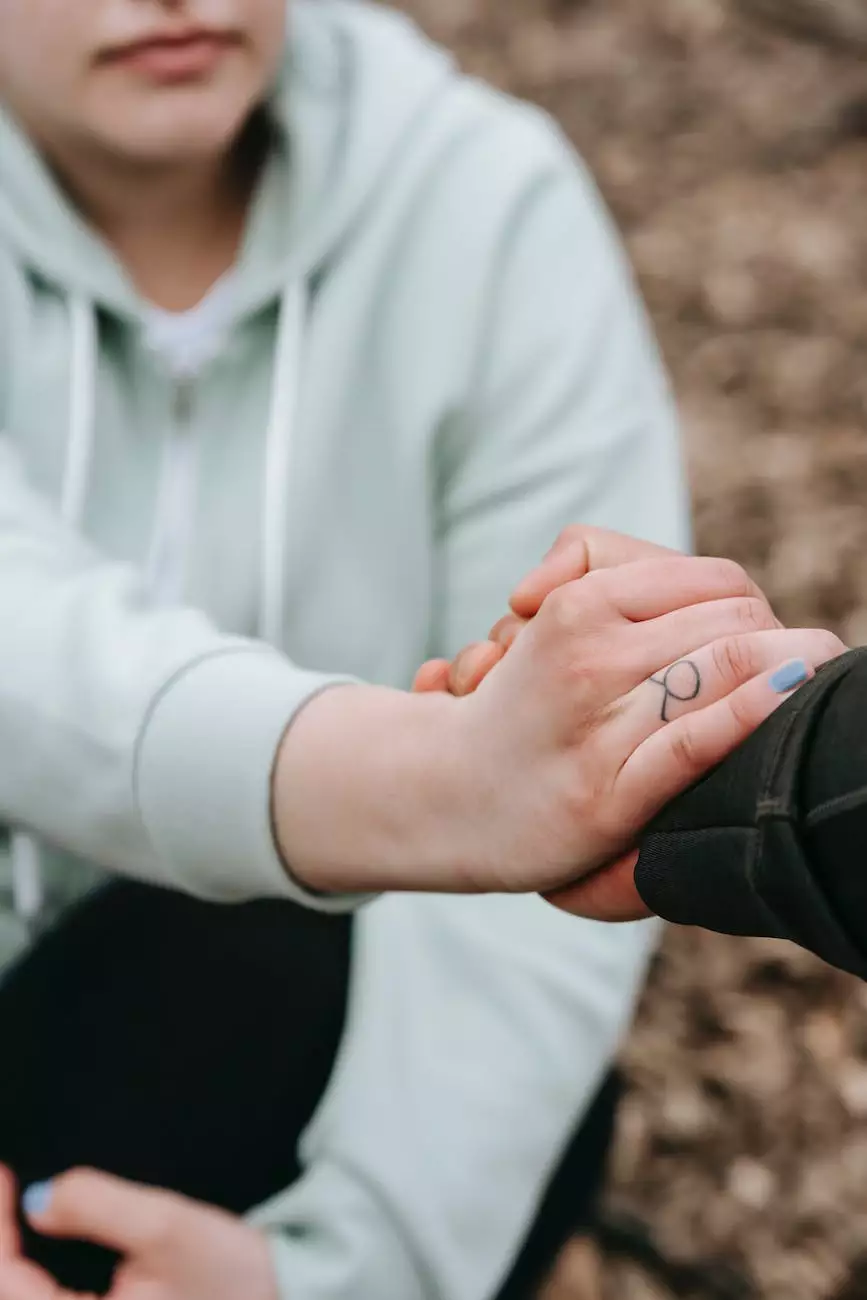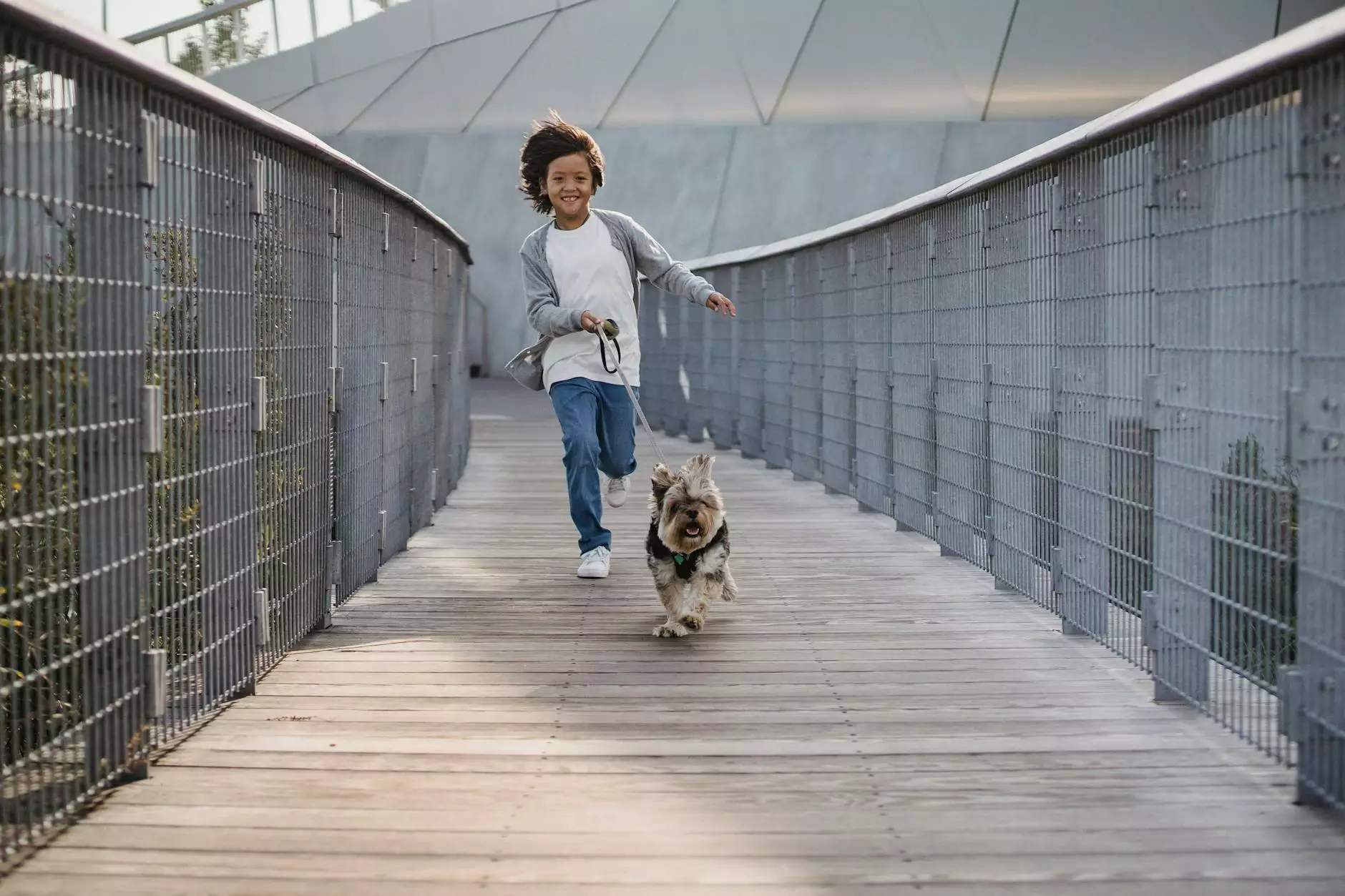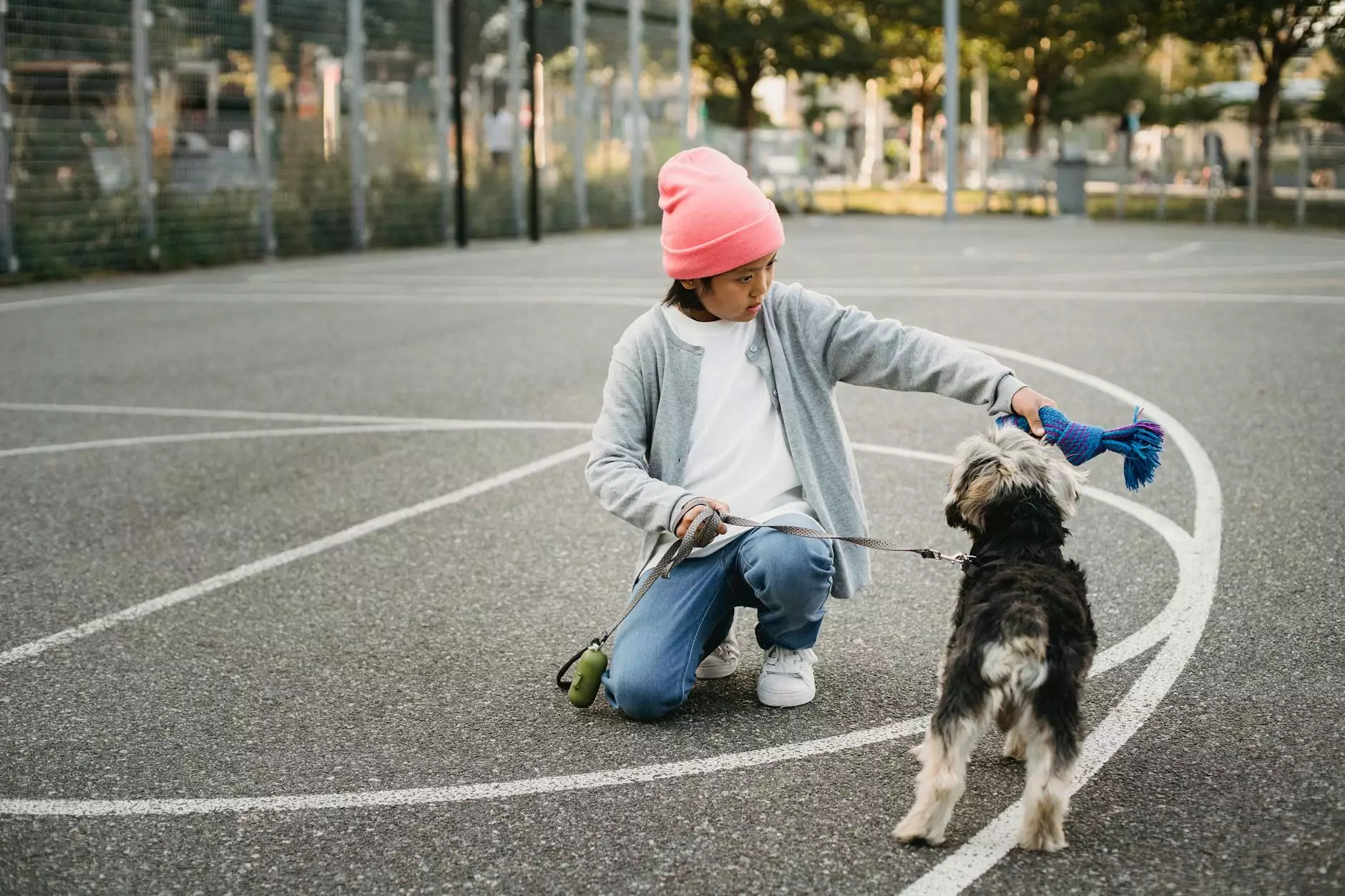Crate Training
Puppy Training
Introduction
Welcome to The Upbeat K9's comprehensive guide on crate training for dogs. Crate training is an essential aspect of a dog's life, providing them with a safe and secure space while also aiding in their overall behavioral development. In this guide, we will cover the benefits of crate training, step-by-step instructions, and some valuable tips for successful crate training.
The Benefits of Crate Training
Crate training offers numerous benefits for both dogs and their owners. When done properly, it creates a positive association with the crate, which can become a safe haven for the dog. Some of the key benefits of crate training include:
- Safe and secure environment: A crate can provide your dog with a cozy and secure space to retreat to when they need some alone time or feel anxious.
- Housebreaking assistance: Crate training can accelerate the housebreaking process as dogs naturally try to avoid soiling their living space.
- Prevention of destructive behavior: When unsupervised, dogs may indulge in destructive behavior. A crate helps prevent them from accessing items or areas they shouldn't.
- Travel convenience: Crate-trained dogs are more comfortable and secure during travel, whether it's a short car ride or a long flight.
- Facilitates vet visits: Dogs accustomed to crates are more comfortable during vet visits as they're already familiar with being confined in a similar environment.
Step-by-Step Guide to Crate Training
Step 1: Introduce the Crate
Start by introducing your dog to the crate gradually. Place the crate in a quiet and accessible area of your home and leave the door open. You can make the crate more inviting by placing a cozy blanket or their favorite toy inside.
Step 2: Positive Association
Encourage your dog to explore the crate by rewarding them with treats or praise when they voluntarily approach or enter it. This helps build a positive association with the crate.
Step 3: Mealtime in the Crate
Feed your dog their meals near or inside the crate. This helps them associate the crate with positive experiences like eating. Gradually move their bowl inside the crate, making sure they're comfortable with the crate's presence.
Step 4: Closing the Door
Once your dog is comfortable and relaxed inside the crate, start closing the door for short periods while they're eating or resting. Gradually increase the duration as they become more at ease.
Step 5: Extending Crate Time
As your dog becomes accustomed to the crate, gradually increase the time they spend inside. Start by leaving them for a few minutes, then gradually extend it to longer intervals. Always reward them for their good behavior.
Step 6: Overnight Crating
When your dog feels comfortable spending extended periods in the crate, you can start crating them overnight. Ensure the crate is located near you, so they feel safe and connected to their family.
Additional Tips for Successful Crate Training
To further enhance your crate training journey, consider the following tips:
- Never use the crate as punishment; it should always be associated with positive experiences.
- Ensure the crate is appropriately sized, allowing your dog to stand, lie down, and turn comfortably.
- Make the crate comfortable with soft bedding and familiar toys to create a cozy environment.
- Establish a regular crate routine, such as specific times for meals, play, and bathroom breaks.
- Gradually increase the time your dog spends in the crate to avoid unnecessary stress and anxiety.
- Use verbal cues, such as "crate" or "kennel," to associate the command with entering the crate.
- Monitor your dog's behavior during crate training, addressing any signs of distress or discomfort promptly.
Conclusion
Crate training is an invaluable tool for both dog owners and their furry companions. It provides a safe and secure space while aiding in housebreaking and preventing destructive behavior. By following the step-by-step guide and implementing the additional tips provided by The Upbeat K9, you can successfully crate train your dog and establish a positive association with their crate. Remember, patience, consistency, and positive reinforcement are the keys to a successful crate training experience.
For more information on various dog training techniques and services provided by The Upbeat K9, please feel free to explore our website.

